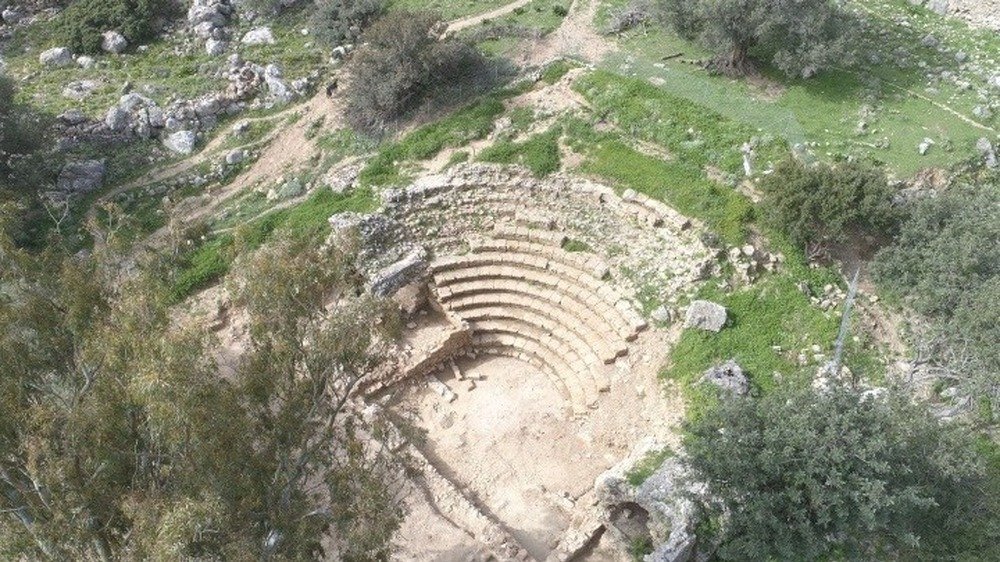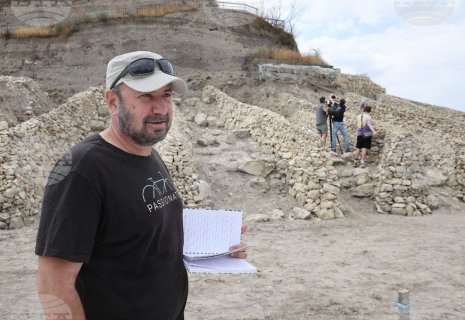
Minoan Sites in Crete Join UNESCO List
The 47th session of the UNESCO World Heritage Committee, held in Paris from July 6 to 16 under Bulgaria's presidency, added 26 new sites to the World Heritage List. Among them are the six major Minoan Palatial Centres on the island of Crete, Greece, CE Report quotes BTA
Dating from 1900 to 1100 BCE, these sites — including Knossos, Phaistos, Malia, and Zakros — showcase the complexity of the Minoan civilization. With their advanced architecture, vibrant frescoes, early writing systems, and maritime networks, the palaces reflect a sophisticated society with lasting cultural influence. Theodora Petrou of Greece’s Public Diplomacy Office in Sofia noted the civilization's “ecumenical value” and its enduring mark on European development.
Crete also features on UNESCO's Tentative List with natural landmarks like the Samaria Gorge and the historic island of Spinalonga.
Cyprus, another Mediterranean island with a rich cultural legacy, has three sites on the World Heritage List: the city of Paphos, the painted churches of Troodos, and the Neolithic settlement of Choirokoitia. Notable sites on Cyprus’ Tentative List include the Church of Panagia Aggeloktisti and the Larnaca Salt Lake Complex.
Malta, despite its small size, also boasts a rich heritage. Its ancient megalithic temples — including Ggantija and Hagar Qim — are already UNESCO-listed. The Qawra/Dwejra coastal area in Gozo is on the Tentative List for its unique geological formations and biodiversity.
Together, Crete, Cyprus, and Malta serve as living museums, preserving both cultural and natural wonders that have shaped human history across millennia.
























